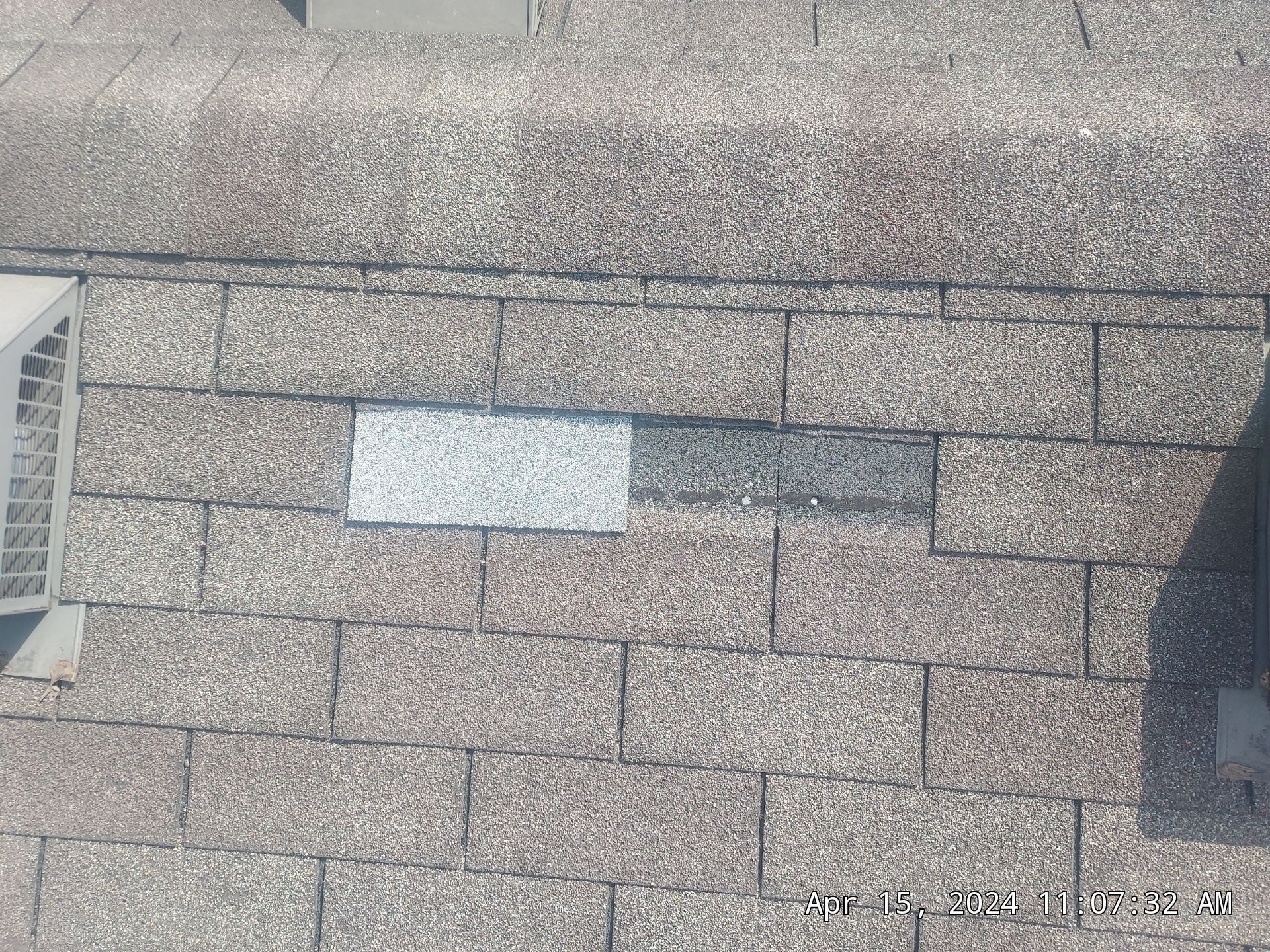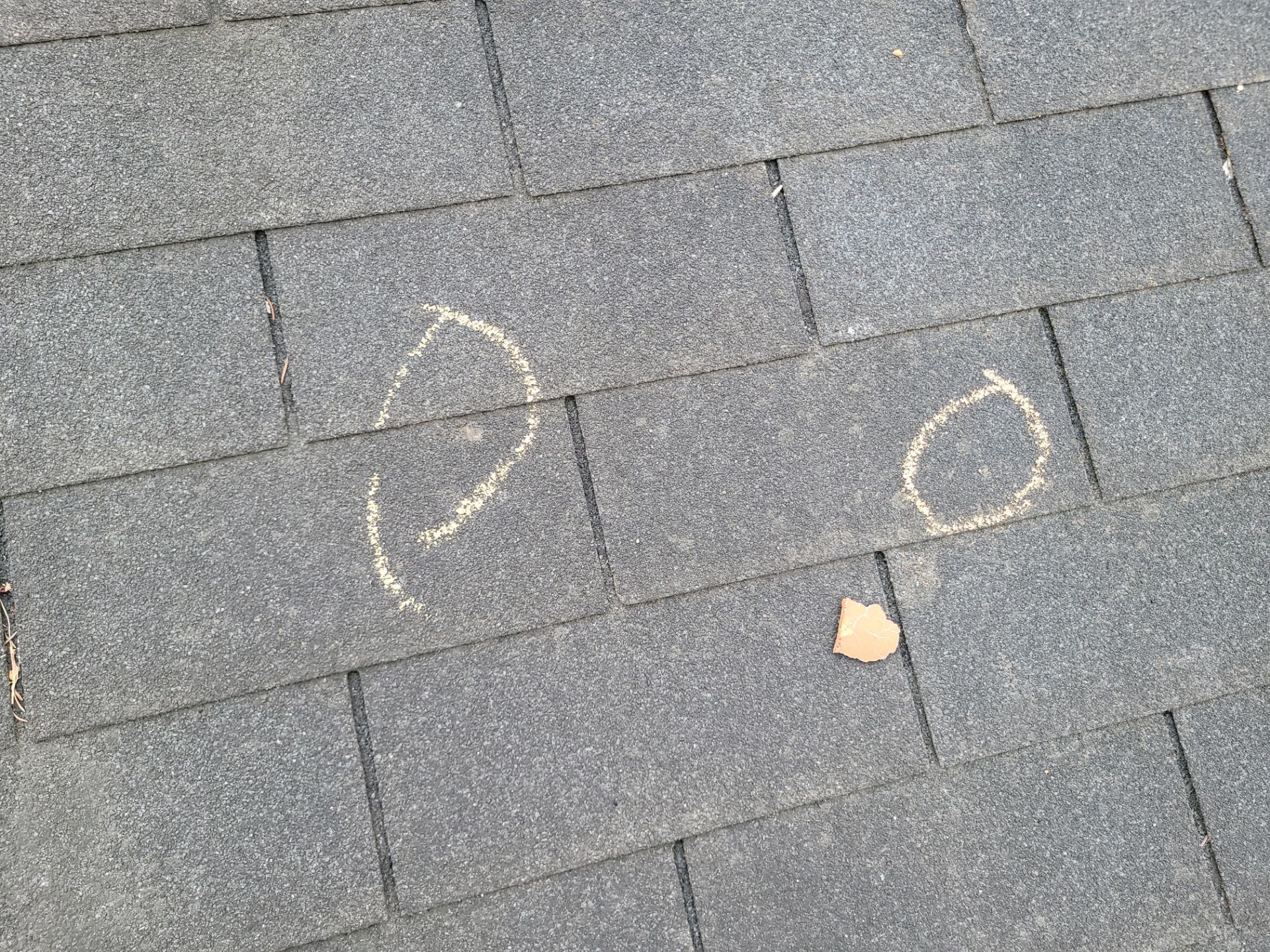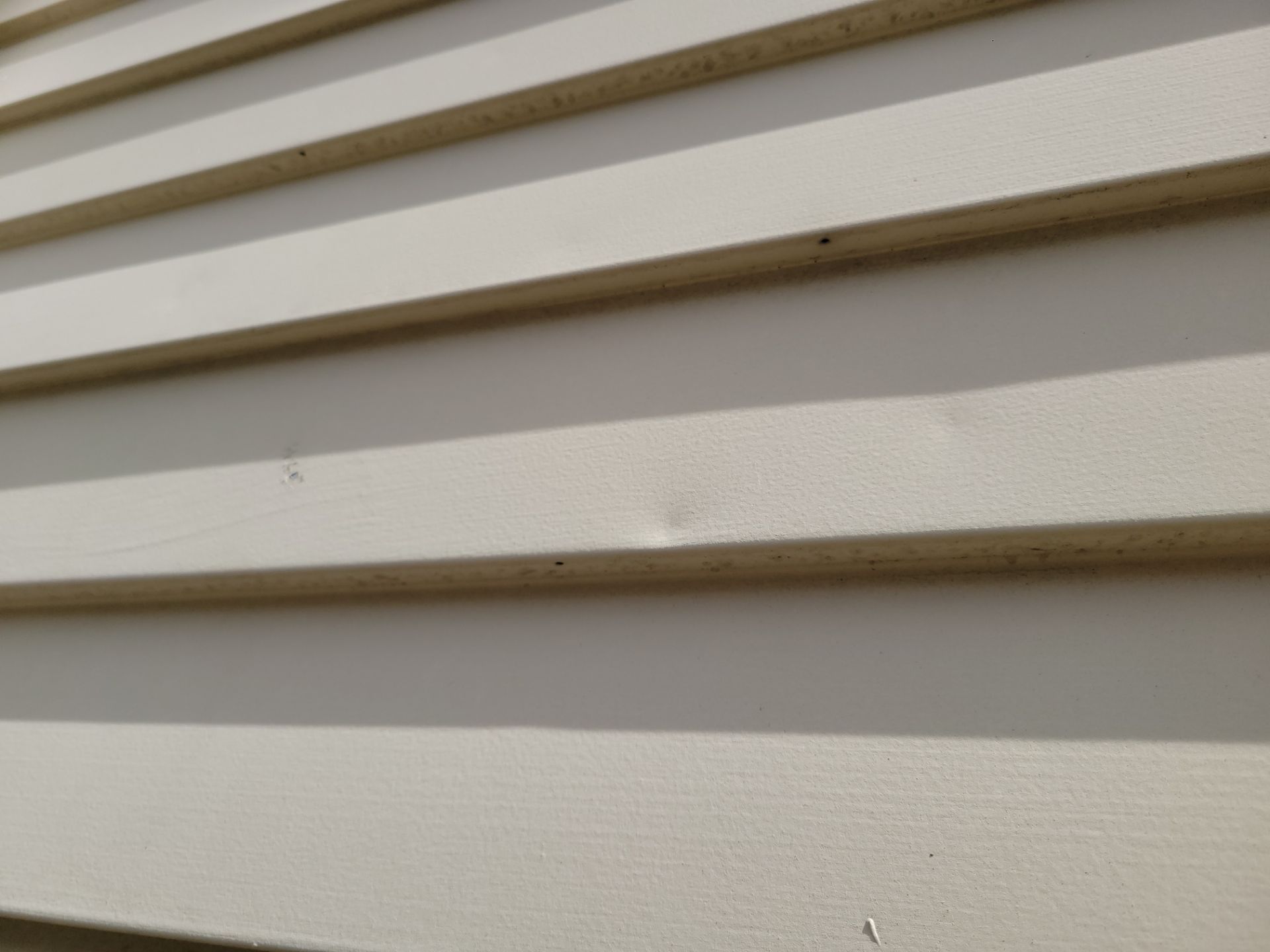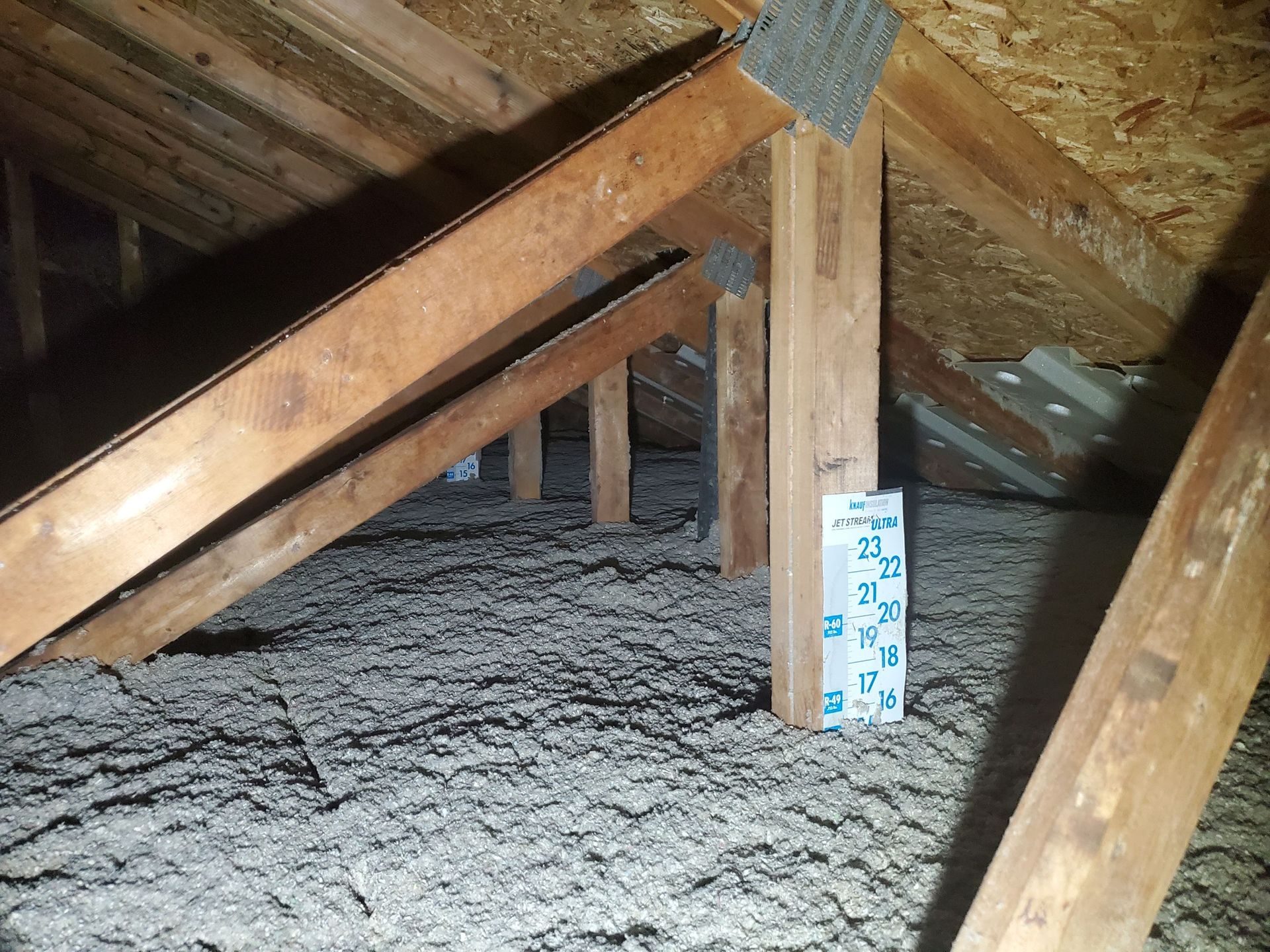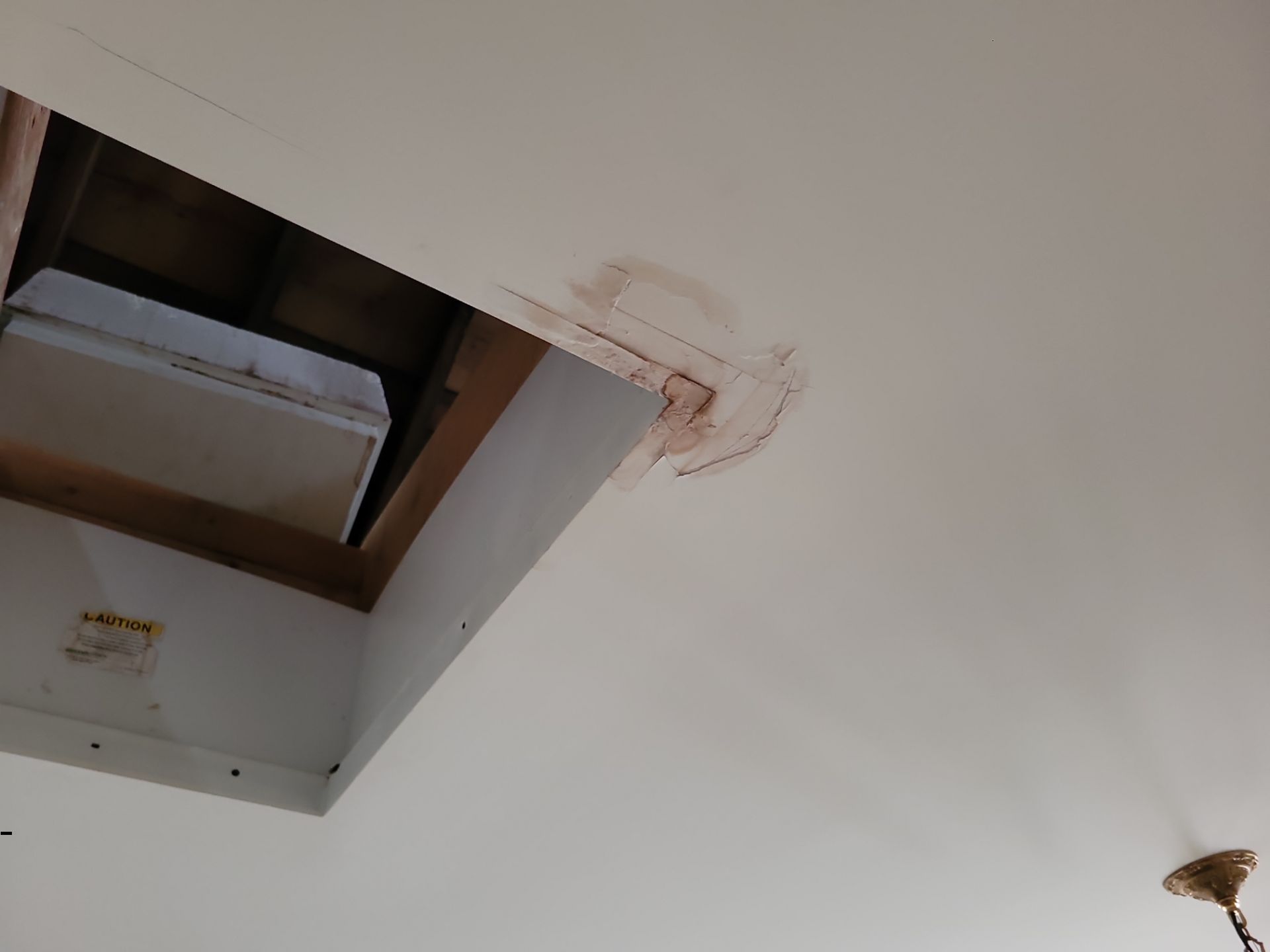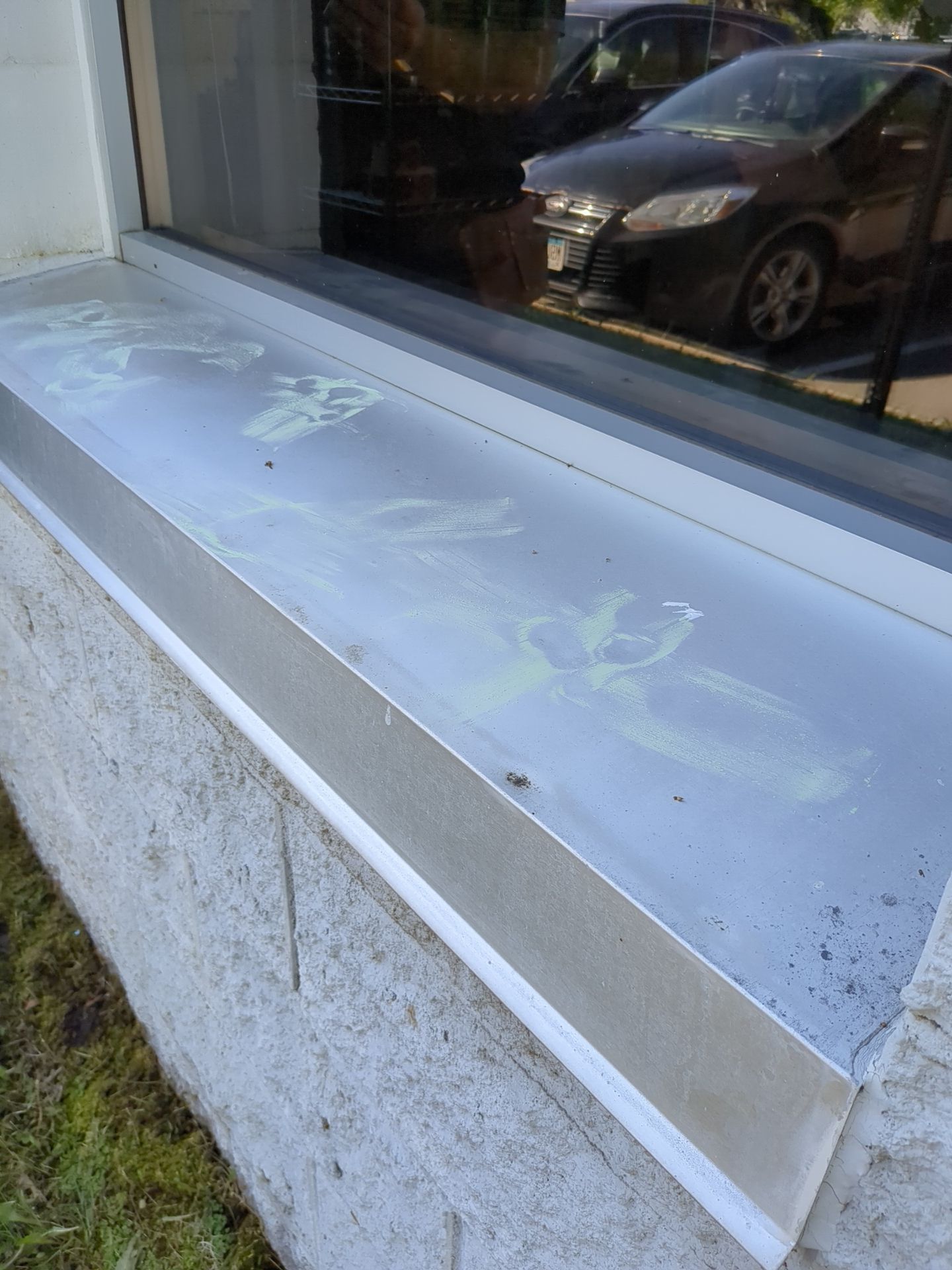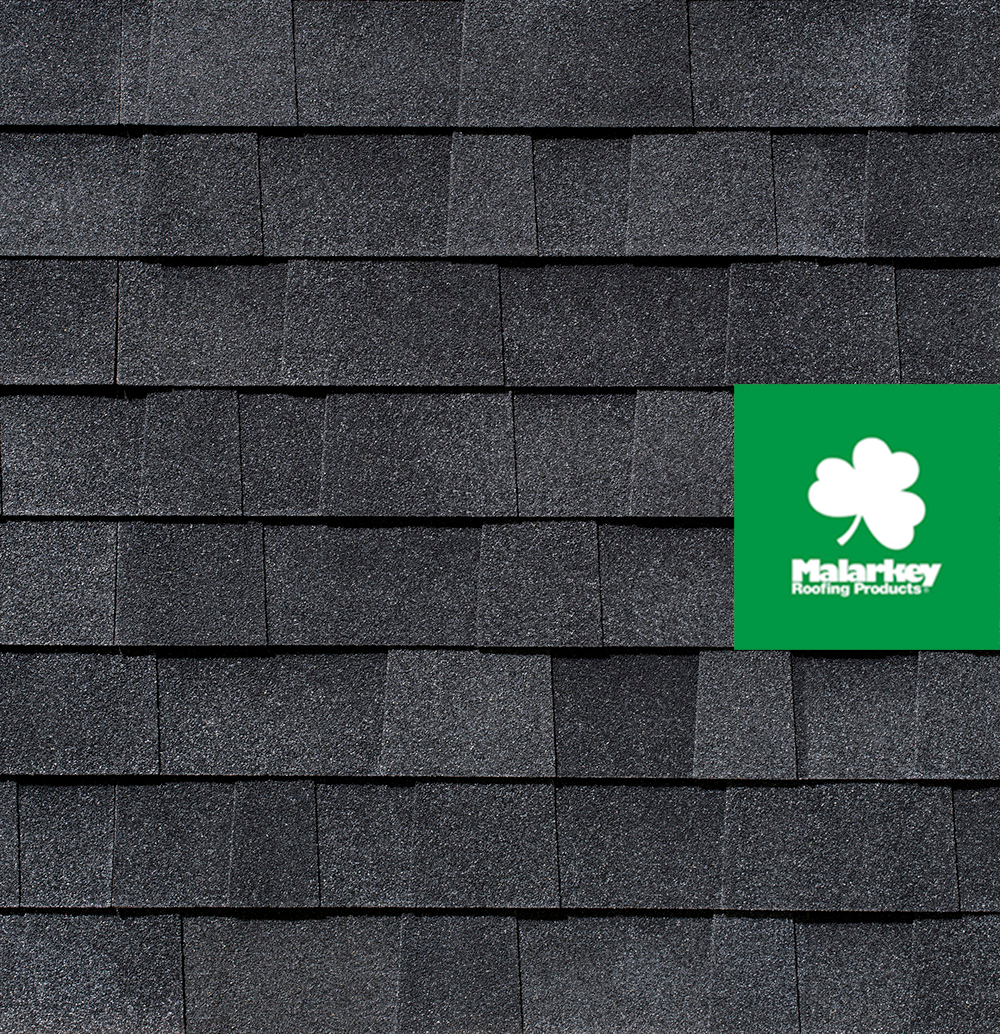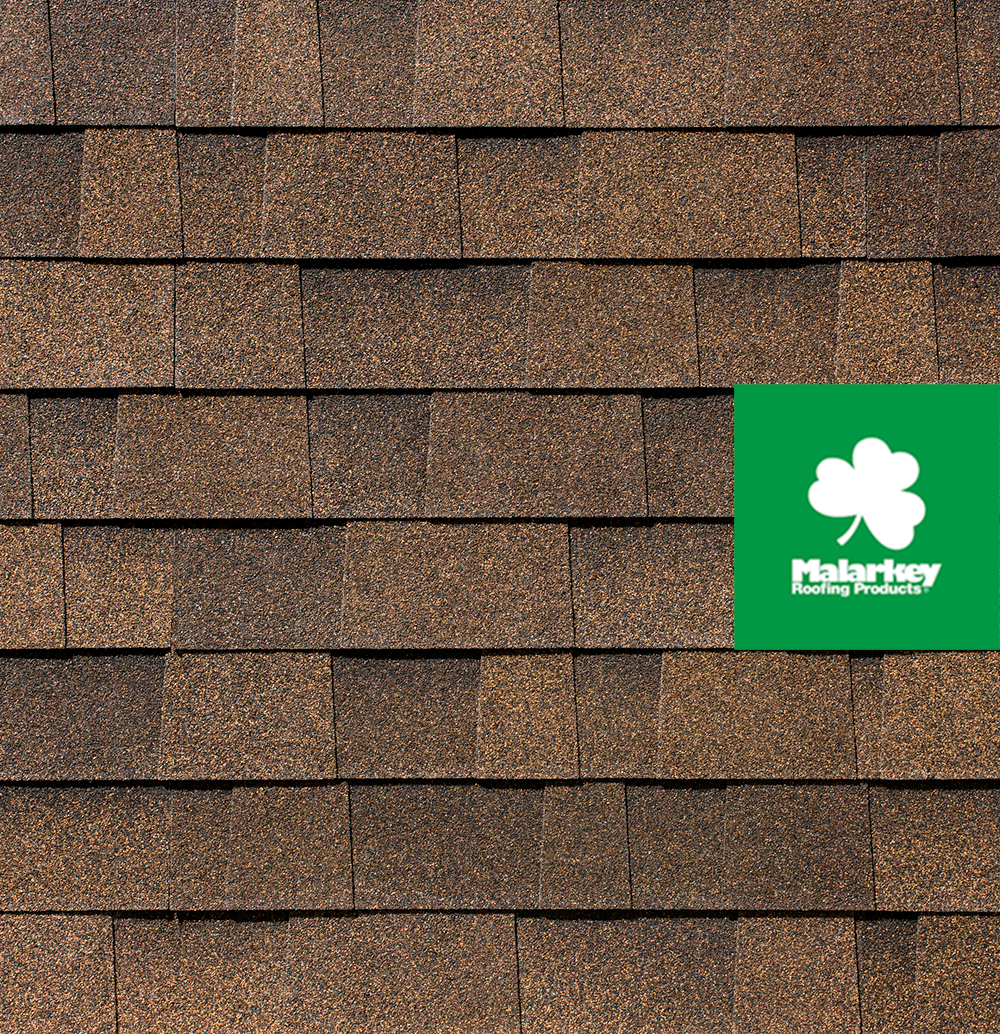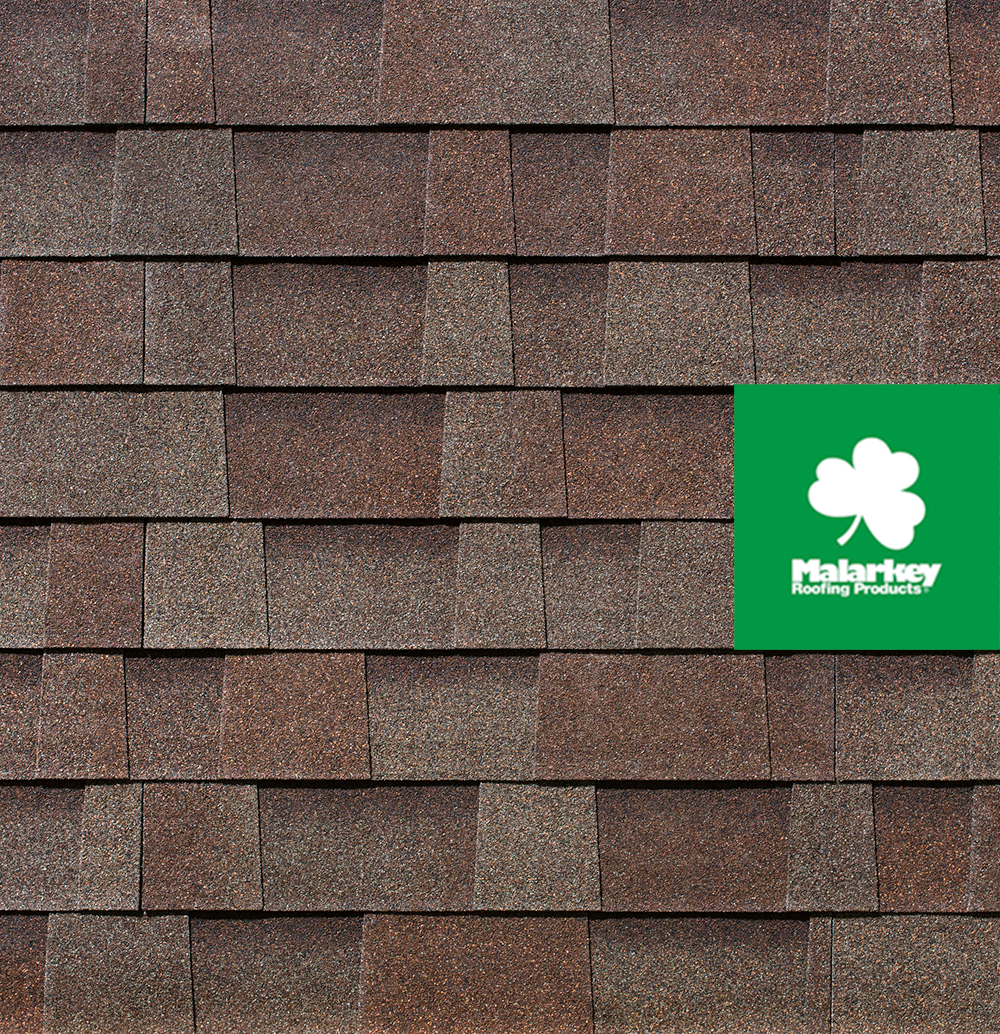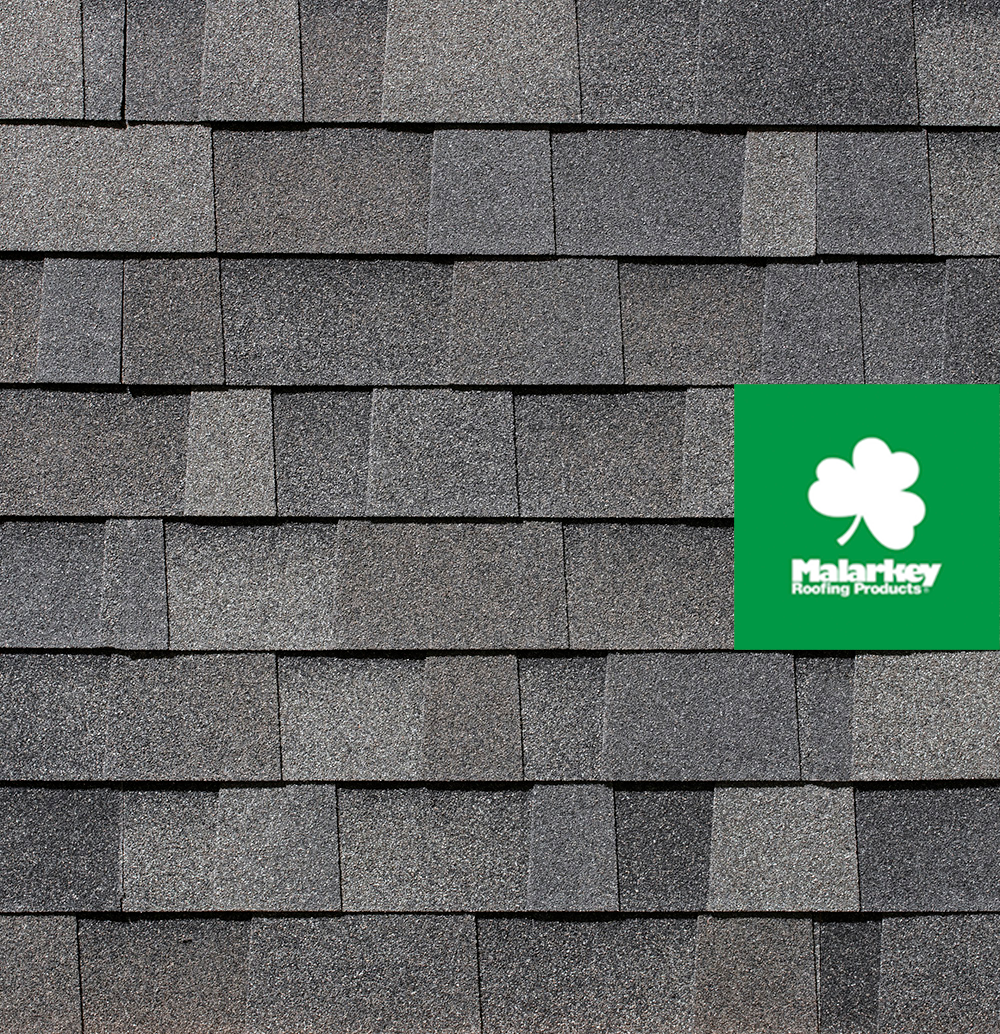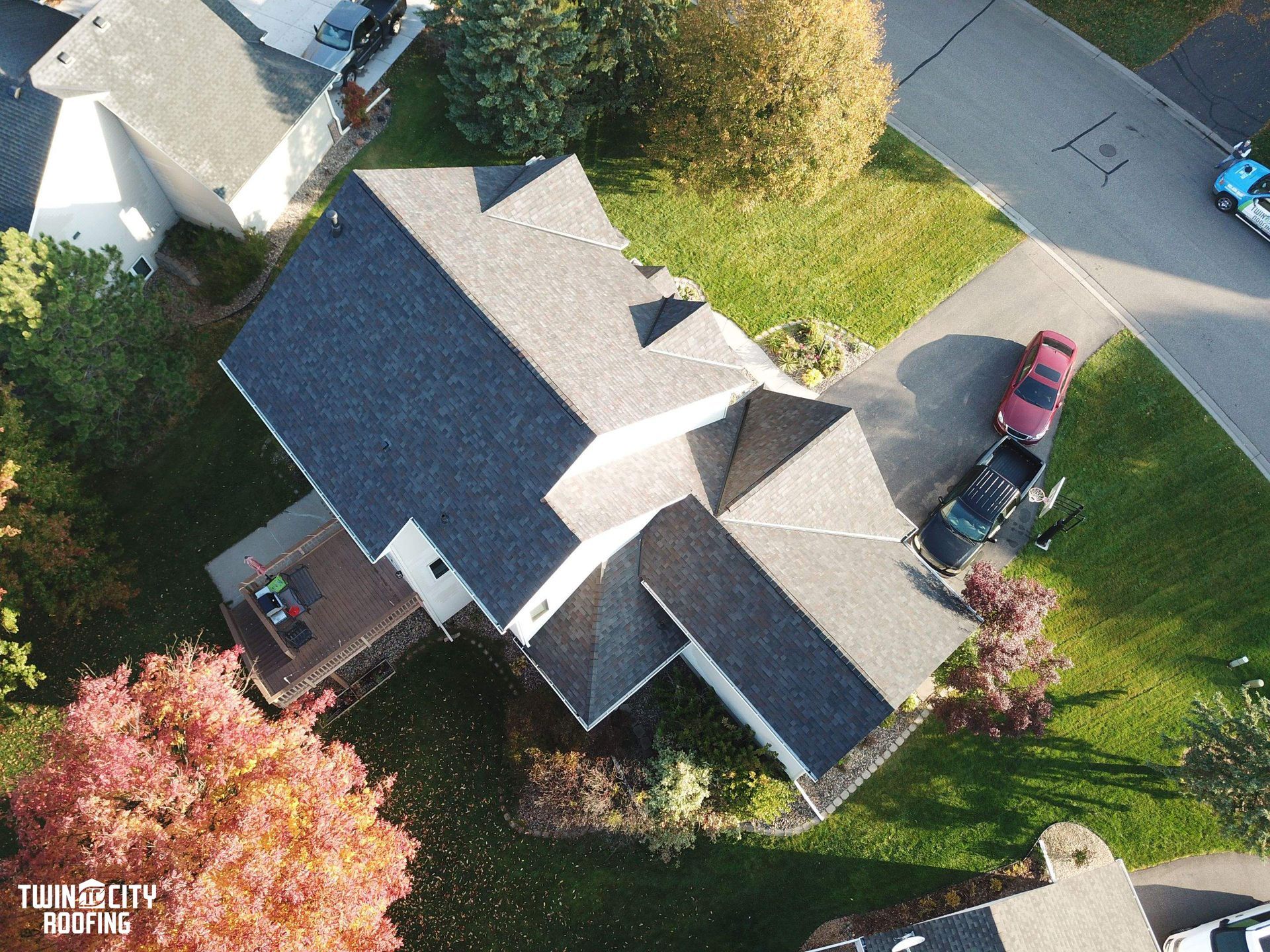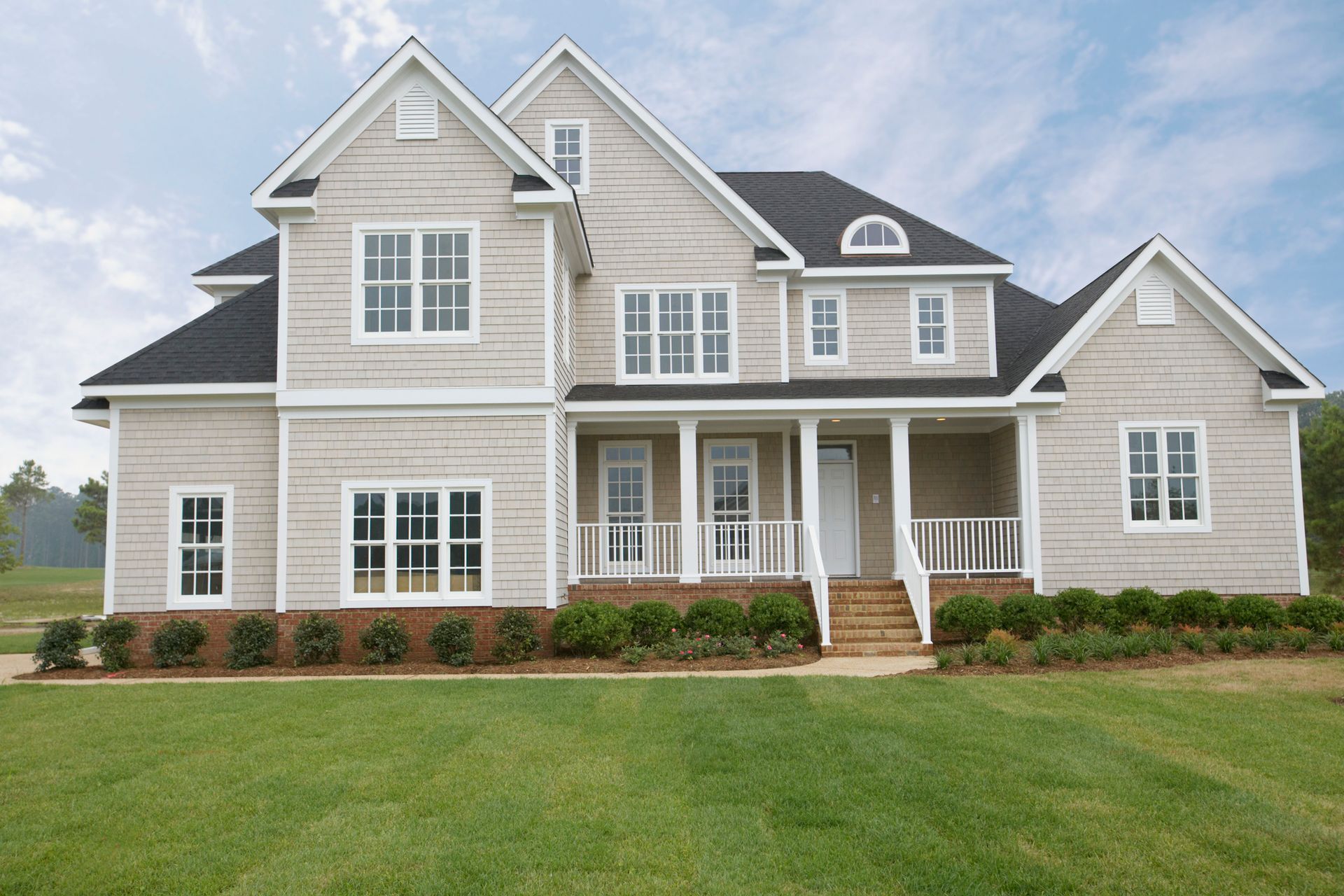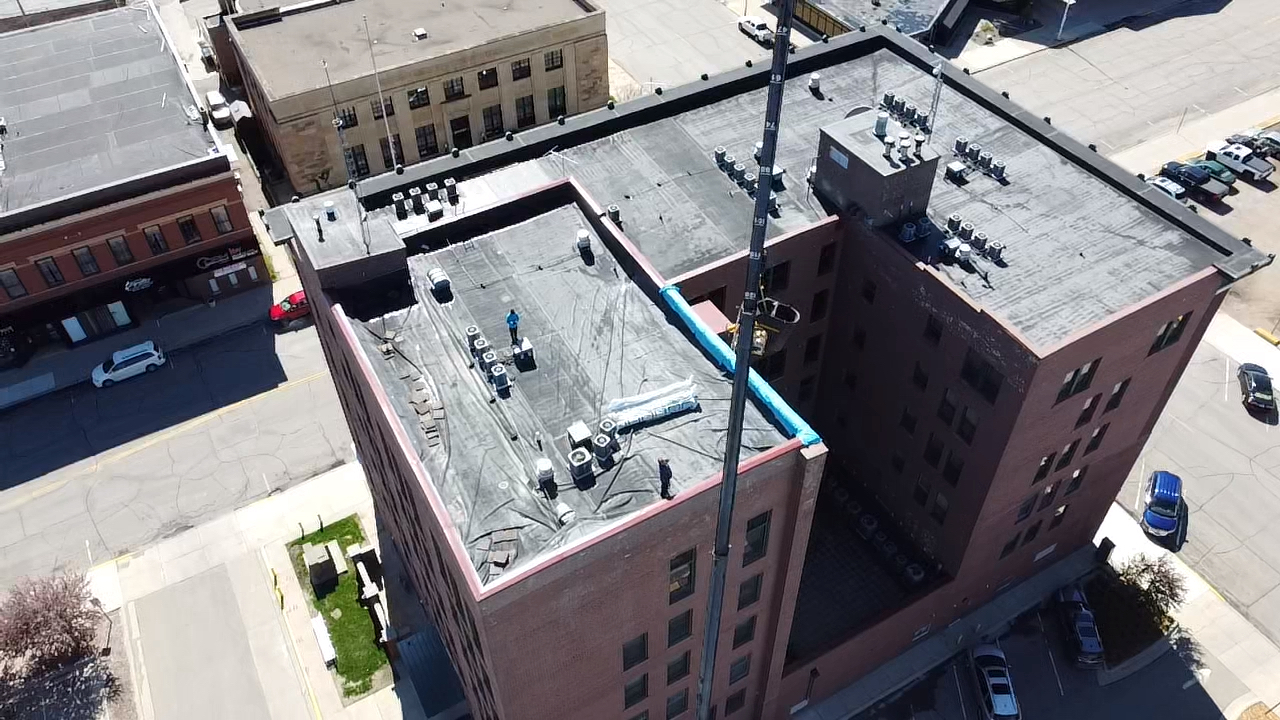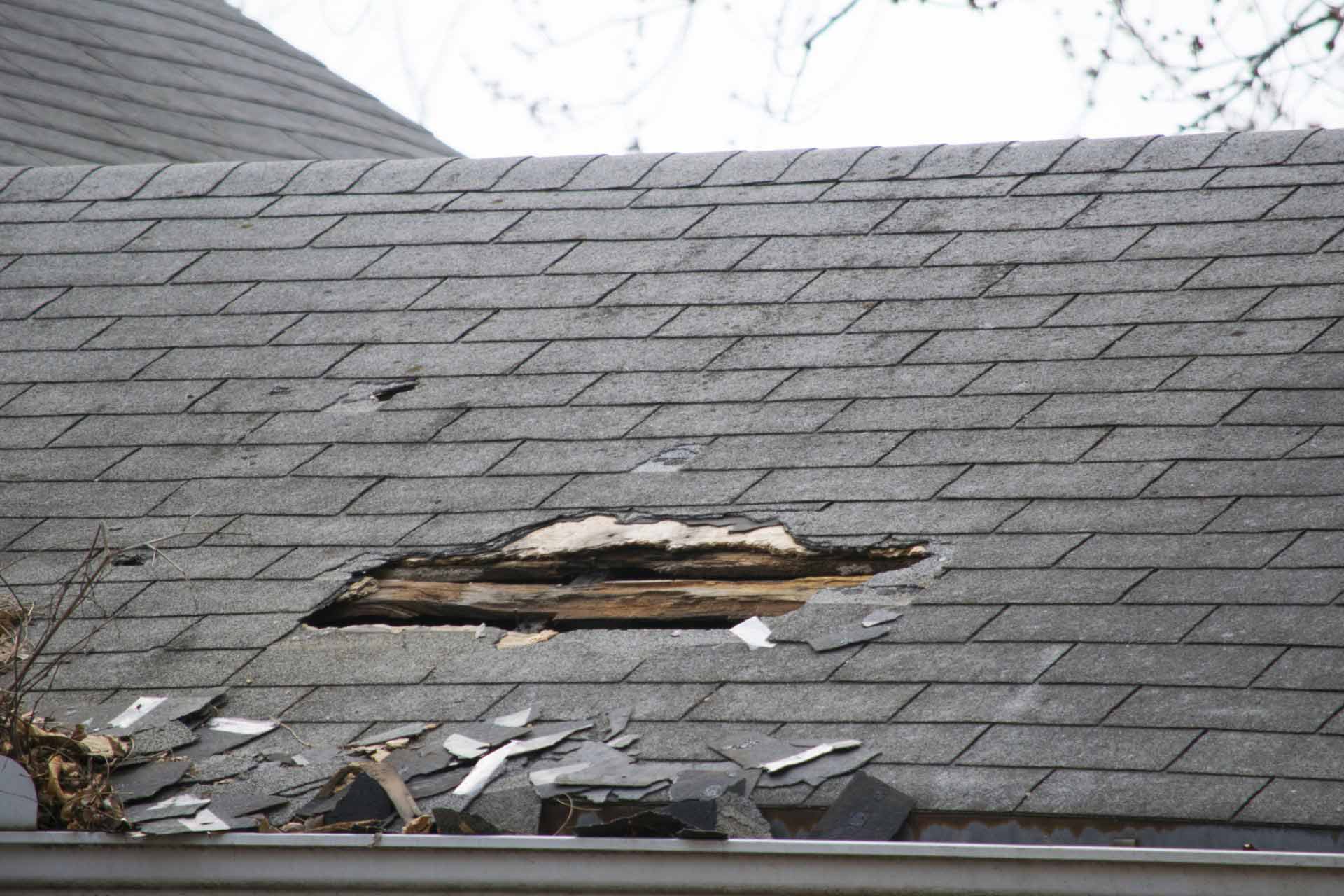instant roof quote
Simply type in your address, and get a free rough estimate for what your new roof project would cost, in 60 seconds.
CLASS 4 SHINGLES CAN SAVE YOU UP TO 27% on your insurance.
50 POINT INSPECTION
During our storm damage inspection, we check the whole exterior of the home. Roofing, siding, windows, gutters & more. We make sure we give you the information needed to make a decision when it comes to insurance work.
SEE THE DAMAGE WHEN WE SEE IT
All of your inspection photos uploaded for you to see while we are on the roof.
we work with your insurance company, so you don't have to.
Step 1: opening a claim
During the storm damage inspection, we will assist you in getting contact with your insurance company and opening a claim.
Step 2: Adjustor meeting
We will show up when the insurance company comes out to inspect your roof, and be in your corner to show why insurance needs to help.
Step 3: getting more out of your claim
Our in-house supplementers will work with your insurance company to make sure they cover everything.
Step 4: Insurance Follow up
We will be in contact with your insurance from start to finish, we will be the ones on hold, so you don't have to.
WHY CHOOSE CLASS 4 IMPACT RESISTANCE?
Class 4 impact resistant shingles are a type of roofing material designed to withstand the impact of hail and other severe weather conditions better than traditional shingles. These shingles are constructed with a reinforced core and a durable outer layer, typically made of materials like asphalt, fiberglass, or polymer blends. They undergo rigorous testing to earn their Class 4 rating, which indicates their ability to resist damage from impacts of a certain size and velocity.
WhAT OUR CLIENTS ARE CHOOSING
OUR Services
HERE's WHAT YOU CAN EXPECT FROM US
We understand home improvement projects such as roof replacements, siding replacements and window replacements can be a hassle. Click the button below to learn about our process.
Insurance Claim Assistance for Roof Damage Caused by Storms
How to know if your roof has hail damage
- 1. Stand away from the house and look through a pair of binoculars to inspect for impact damage
- 2. Look for signs of loose shingles, dented metal, bald spots on shingles, and other signs of impact
- 3. You can also look at your neighbor’s home through a high window in your home for signs of damage that may have affected both homes


